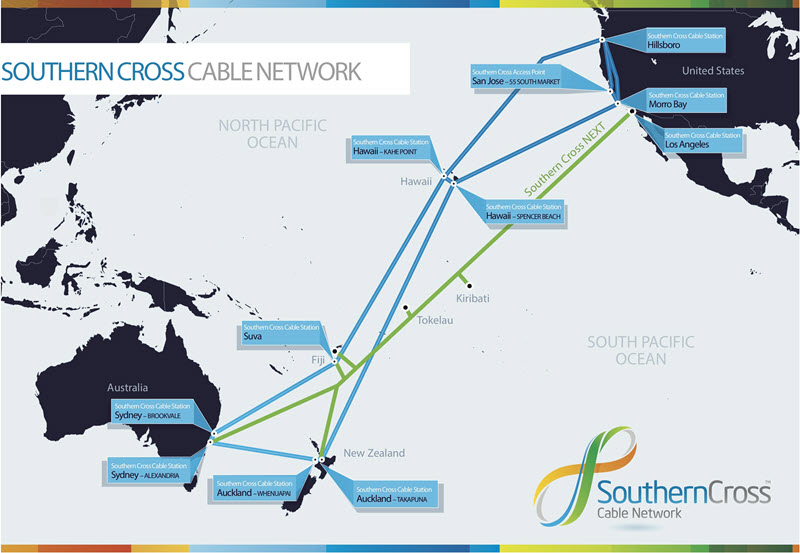The future of submarine networks. What’s NEXT?
The need to succeed
Submarine cable networks are considered by most people in the know as critical infrastructure, and rightfully so. They’re the jugular veins of intercontinental connectivity that together enable the global Internet and erase vast transoceanic distances. We depend on submarine cable networks each and every day for both personal and business reasons, often without even knowing it, which is a testament to their carrier-grade robustness.
There’s simply no Plan B for submarine cables, which are the size of a common garden hose and are situated in the abysses of oceans the world over. This means that as an industry, we must continually innovate, adopt, and adapt to ensure these submerged engineering marvels continually evolve to meet the ever-changing demands from end-users, both humans and machines.
Spatial Division Multiplexing (SDM) submarine cables, Open Cables, Shannon’s Limit, and the increasing adoption of Artificial Intelligence and Machine Learning are hot topics across the submarine network industry. Increasingly, technologies borne in data centers and terrestrial networks are finding their way into submarine networks, and that’s a good thing. The network can and should be viewed from end-to-end along the entire service path, overland and undersea, and increasingly, right into data centers. This means uniting technologies and networks across submarine, terrestrial, and data center domains for improved economies of scale due to faster technology innovation cycles.
What’s NEXT for Southern Cross?
The Southern Cross Cable Network (SCCN) spans over 30,500km, which includes over 28,900km of submarine cables submerged on the Pacific Ocean seabed. The network is a major internet on-ramp that provides critical communication connectivity among Australia, New Zealand, Hawaii, Fiji, and the US West Coast. It connects North American and Australasia by erasing vast transpacific distances.

Figure 1: Southern Cross Cable Network (SCCN) Network
SCCN is at the forefront of adopting leading-edge technologies to improve the reliability, availability, flexibility, and agility of their end-to-end network, overland and undersea, with the goal of continually improving their valued customers’ overall quality of experience. To address future demands, they’re expecting their new NEXT submarine cable network to be Ready For Service (RFS) in 2021. Given their expansive network coverage serving a broad and varied customer base, SCCN certainly has interesting and important insights to share.
Want to know more?
 If you’d like to better understand the future of submarine networks then check out this podcast with Craige Sloots from Southern Cross and Ciena’s own submarine network experts.
If you’d like to better understand the future of submarine networks then check out this podcast with Craige Sloots from Southern Cross and Ciena’s own submarine network experts.
Episode 20: The Future of Submarine Networks




